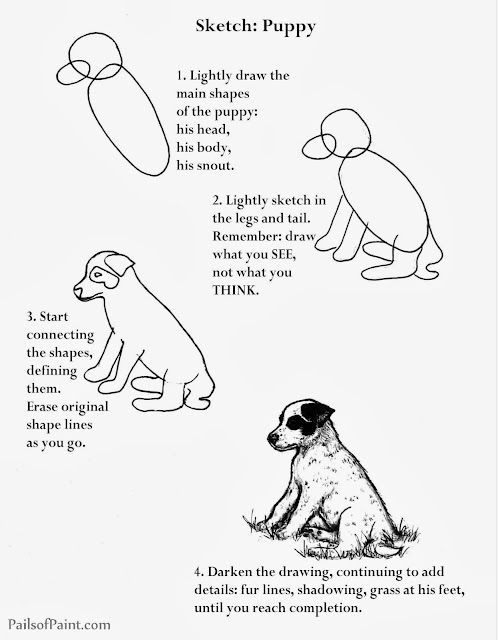My house has been busy with several projects lately, and I thought I'd stop by to share one of them today.
I was asked to do a piece for a lady that would be done in pencil. Her husband has told their children stories about a farmer and his work horse and she wanted for me to create an image to remind them of those story times with him. She wanted the man to be indistinguishable, as we all know how we form pictures in our heads when we hear stories, and she wanted each child to be able to keep their own ideas of what he looks like.
We looked up some images on Pinterest to try to get a working idea together, and I began to use these as basics of what to work toward. (I will suggest if you like horses, type in 'work horse' or 'draft horse' on Pinterest...there are AMAZING pictures of them!) I found several photos ideas for the farmer and the horse.
I started by measuring out and drawing a box in the size that was wanted for the image to be. This gave me guidelines of how large to make the sketches.
I spent a considerable amount of time sketching the images onto tracing paper.
(There were more eraser crumbs on that page than is probably legitimate for one piece of artwork!)
Often, I would stop and take a picture and then walk away, come back, and look at the picture in the camera. Something about doing that makes me get a clearer perspective on it.
I could see in the image above that my horse's nose was off from what a work horse's nose should be.
In this sketch, I could see the horse's eye not right, and the man was a bit disproportionate as well.
I finally got a sketch I thought I could work with,
rubbed charchoal on the back lightly,
and then traced over the front drawing lines so the image would go onto my good paper.
I then began first with the eye of the horse.
When that was where and how I wanted it, I added some detail around it.
I did not mind that my horse was not exact. I wanted to take some artistic license as to the coloring and the angle that the horse would be approaching the farmer because I was using a few different photos to create the image I was trying to achieve. The photos were just used as guides.
Here is a picture that shows you the light sketch that was transferred of the whole image.
I continued adding more details to the horse.
At this point, I realized I did not like what I was seeing in the nostril/chin/lower muzzle shape of the piece, so I set it aside to pick up for another day.
I will do the same now and will show the pictures/progress of that part in my next post.
Thank you for stopping by!


















































